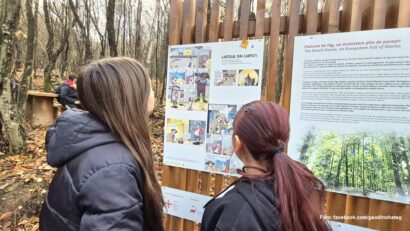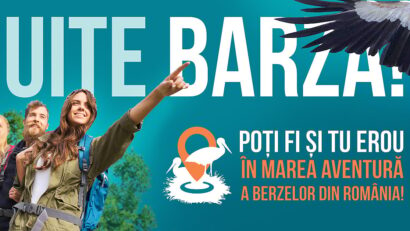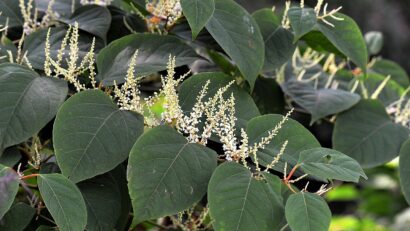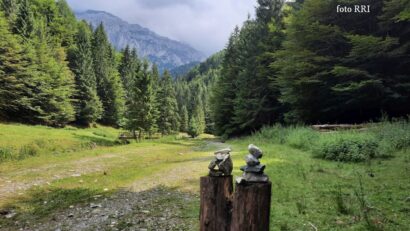The 2020 Green Areas Program
MOL Romania and the Foundation for Partnership continue in 2020 the Green Areas Program
România Internațional, 28.02.2020, 14:20
MOL Romania and the Foundation for Partnership continue in 2020 the Green Areas Program, financing environmental projects. The program is aimed at NGOs in partnership with educational institutions and public institutions in cities. They offer funding for creating and restoring public parks, playgrounds, school parks, and parks for kindergartens, involving the community.
Launched in 2006, the program focused on urban green areas, but starting in 2009, it acquired a new component, Protected Natural Areas, aiming to protect and popularize protected areas in Romania. Up until February 20th, environmental organizations signed up for financing in one of the two components of the program: green urban areas and protected natural areas. Starting in 2018, financing is also provided for projects as part of the European Week of Mobility, which occurs in September, involving activities with a high degree of community involvement. Here is Laszlo Potozky, director of the Foundation for Partnership:
“For 2020 we maintained these two components, and seeing the success of the program so far, we boosted the total amount for the program to reach almost 800,000 lei. Another novelty is the fact that the maximum amount that can be applied for went up, which means that for Urban Green Areas you can apply for 11,000 lei, while for the Protected Natural Areas component you can apply for 26,000 lei.”
Bucharest is one of the most polluted cities, according to green activists, pollution caused by automotive traffic, construction sites that are not monitored to standards, as well as electricity plants and home central heating units. Another factor that increases pollution is the lack of green spaces. According to Bucharest City Hall, the city right now has no more than 23 sqm per capita, considering that both European and national legislation set the minimum at 26 sqm green space for every inhabitant. Other figures, provided by the Court of Accounts, indicated that the amount of green space per capita is actually 9.86 sqm. Here is Laszlo Potozky once again:
“For the urban area, starting with the first years of the new millennium, there were plenty of articles talking about the insufficient amount of green areas and the state they were in, about the intensive urbanization of our cities. You can see how much construction is going on, to the detriment of existing green areas, which were insufficient to begin with. Comparisons between Bucharest and other capitals showed that we were in a sorry state when it comes to green areas. Which is why we thought it would be worth starting with a program to try to save or improve what we already have, or set up new ones where we can. Therefore, in terms of Urban Green Areas, I can tell you that after 14 years we can quote some impressive figures. With the projects we financed, 550,000 sqm of green space were created or restored. It seems a lot to me, considering that the small projects a while back were provided 7,000 lei, and now they get 11,000 lei. Also, over 80,000 trees have been planted, and over 85,000 shrubs, not to mention the educational aspect.”
This program emphasizes youth education, with informal ecological education activities carried out in schools, kindergartens, or the community at large. In addition to participating in these programs, young people of school age and volunteers are provided with educational activities on protecting forests, water bodies, waste management, ecosystems, biodiversity, rules of behavior in protected areas, etc. Here is Laszlo Potozky once more:
“I love recalling the fact that if Romania excels at something, and is in top position among EU countries, it is at biodiversity. In fact, we are first in Europe in this chapter. Unfortunately, the amount of money put up by the Romanian state for conservation and protection of natural areas is basically zero. And so we have other programs to support biodiversity, and therefore we can speak of hundreds of projects to intervene in protected areas, from national parks to smaller local protected areas. Ill give you a few examples: 141 Junior Ranger camps, outings that last a few days where we teach children proper behavior in nature, what a protected area is, what protected plants are, how we should behave towards them. Also, the people who implemented these projects have set up over 100 thematic trails of various types in these protected areas. In total, weve had over 1,270 extracurricular activities for ecological education as part of the two components.”
In its 14 years of existence, the Green Areas Program financed a total of 620 projects which involved over 235,000 people, especially youth. Last year, due to the large number of projects implemented as part of the Green Areas Program, finance providers have decided to offer awards to two of the projects. The Floral Clock at the Petru Rares National College in Piatra Neamt, implemented by the Petru Rares Parents Association, and the Play and Joy on the Playground project, implemented by the Piticot Association of Dej. As part of this project, the association created a sensory alley, a labyrinth, and an aromatic herb garden, with over 150 flowers in the kindergarted yard. At the same time, they painted the kindergarten fence in happy colors, restored the playground equipment, and planted over 200 trees and shrubs.

